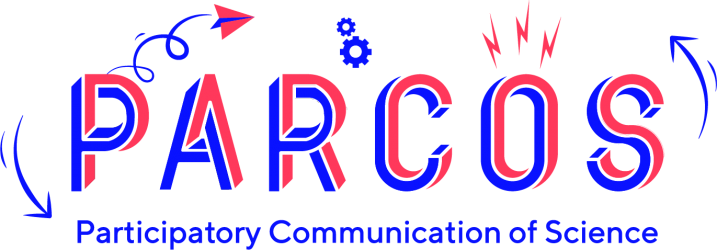
As the Flemish public broadcaster, VRT aims to inform, inspire, and connect all Flemish citizens. In today’s everchanging media landscape, emerging technologies define new circumstances for getting your message across. This brings with it significant challenges when the story you want to tell is not a straightforward one. To collect some insights and best practices, we asked vlogger Jacotte Brokken to interview colleagues at VRT about their approach for communicating science stories.
Science today and tomorrow
With the increase in fake news, transparent and engaging science communication is even more important. From weather data to news digests, it is part of daily life, and it relates to every individual. According to editor-in-chief of the University of Flanders Katleen Bracke, it is key to help others ‘think and learn to be critical of the information they read and consume. If you explain to people why a certain thing happens, they will become more willing to accept, understand and critically reflect upon fake news’. Empowering people and engaging them in the story can help overcome a feeling of disinterest or misunderstanding. Here, technology can play an important role. It can facilitate interaction already at an early stage. For example, Experience Architect Tim Van Lier shares how the educational format EDUbox can already grasp youngsters to engage in societal themes by linking to their own living worlds. The EDUbox is like an interactive documentary that uses cards (tactile), applications, videos, assignments and more to engage youngsters in a specific topic such as sustainability and social media.
Especially today, in a time of a lot of disinformation, I think it is more important than ever that a public broadcaster engages in science communication. So that people are well informed in life.
Karen Donders, Director Public Service VRT
When science becomes a story
If scientific information should be shared more widely, how does it become a story then? Science journalist Koen Wauters underpins the importance of the wow-factor, in making scientific information stand out. The way you tell a story, depends on the medium, timing and audience. Some things are meant for TV, some are meant to be heard, and some are only rendered in words. And then there is the element of timing, which can help ensure that your scientific story is part of a bigger narrative that is happening online or offline.
Research must have a certain wow-factor. Like: you need to know this.
Koen Wauters, Science journalist VRT
Science for everyone. By everyone?
Lastly, it is more important than ever to find your way in today’s overload of information. This does not necessarily mean competing with other content or channels, but tapping into people’s lives at a time and place that is convenient to them. For example, public screens at a supermarket or tram. People are open to learn. People are willing to learn. It’s just a matter of finding the right window, and then your science story can be a story for all.
Science can be brought by any brand. But to make sure you reach everyone, interaction plays an important role.
Jacotte Brokken, Science communicator & Digital Storyteller
Watch the vlog here (with English subtitles):

